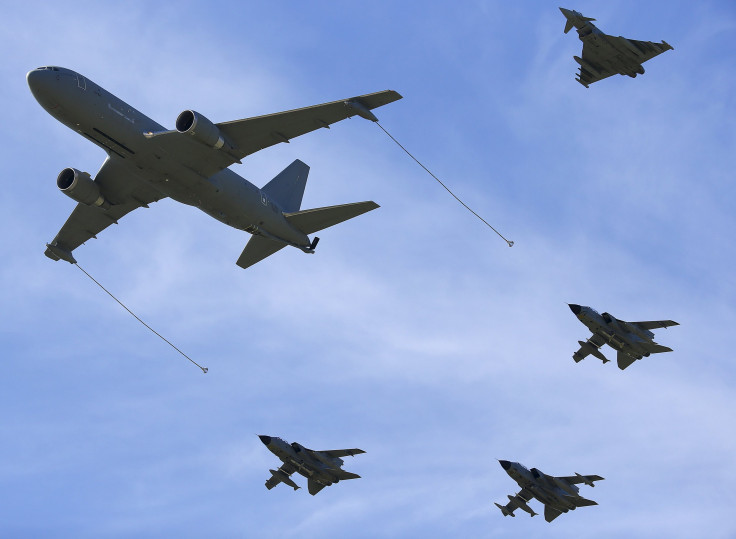Russia NATO Relations 2015: Amid Russian Aggression, Largest Military Exercise In More Than A Decade Begins

Amid Russia’s continuing aggressive moves in Europe and airstrikes over Syria, NATO started Monday its largest military exercise in more than a decade, Reuters reported. Exercise Trident Juncture will test NATO’s land, sea and air capabilities with approximately 36,000 troops from more than 30 countries participating.
"This sends a very clear message to any potential aggressor," said NATO commander Gen. Philip Breedlove. "Any attempt to violate the sovereignty of one NATO nation will result in the decisive military engagement of all NATO nations."
Exercises are scheduled take place in the central Mediterranean, Canada and Western and Northern Europe over the course of five weeks. Officials spoke of concerns over Russia’s military buildup in the Black Sea and eastern Mediterranean, but said they were prepared to defend any of the 28 members of the political and military alliance.
#NATO air power on display in #Sicily for ex Trident Juncture #TJ15 @Forces_TV pic.twitter.com/sEZXBdkesD
— Simon Newton (@reporternewton) October 19, 2015
“We have to take into account that Russia is going to have a much more substantial presence ... with the ability to impede our freedom of maneuver and our freedom of navigation,” a senior official who asked to remain anonymous told Reuters.
Russia annexed the Ukrainian peninsula of Crimea in March 2014. The official who declined to be named said the area was now an “armed fortress.” The conflict in the Donbass region of eastern Ukraine broke out in April 2014 and has pitted government forces against Russian-backed separatists. The conflict has taken the lives of more than 8,000 people and left European officials insecure over Russian President Vladimir Putin’s actions on the continent. Meanwhile, Russia began airstrikes over Syria in support of the Bashar Assad regime at the end of September.
The NATO exercises are to include the test of 5,000 “spearhead” forces using air, sea and special operations components. Officials from non-NATO countries, including Ukraine, were scheduled to be involved in the operations. Russia was invited to observe Trident Juncture, RFE/RL reported.
NATO could soon welcome its newest member since 2009 with officials visiting the Adriatic nation of Montenegro last week. The country of 650,000 could become a new member as early as December.
“The West is slowly waking up to the dangers of Mr. Putin’s foreign policy, and I believe Montenegro may be a spot where we see some of that awakening,” John E. Herbst, a former American ambassador to Ukraine and director of the Dinu Patriciu Eurasia Center at the Atlantic Council, a Washington think tank, told International Business Times.
Ukraine’s President Petro Poroshenko said his country was continuing with reforms with the hope to join NATO in the next five or six years.
"NATO today is maybe the only most effective mechanism to provide security," he said, according to local news source Interfax.
© Copyright IBTimes 2025. All rights reserved.






















